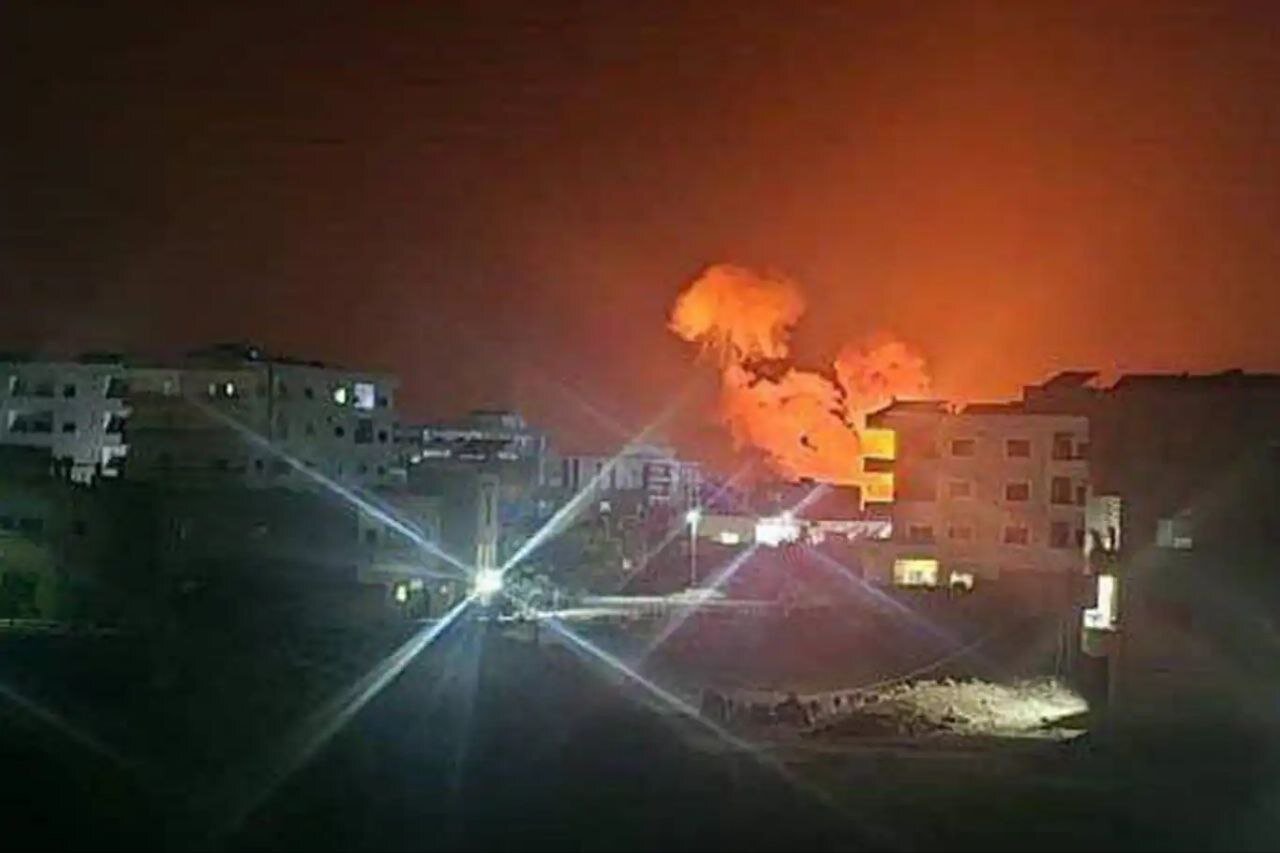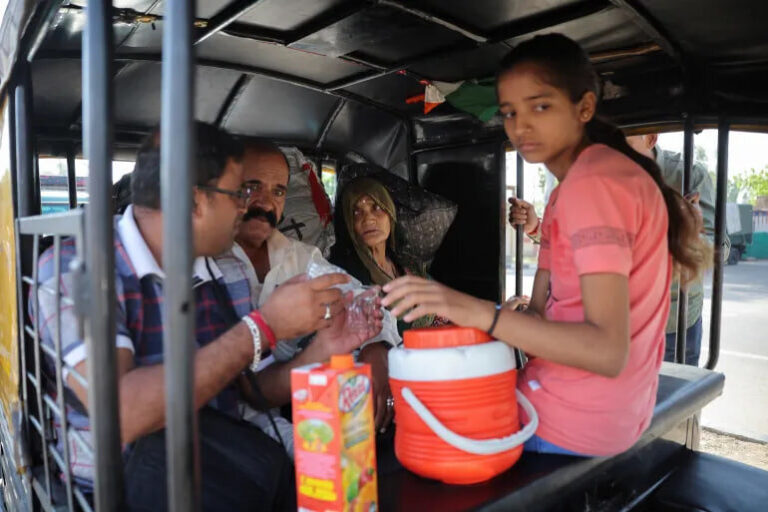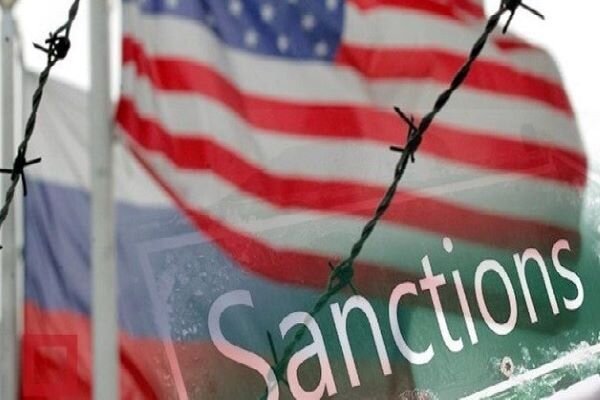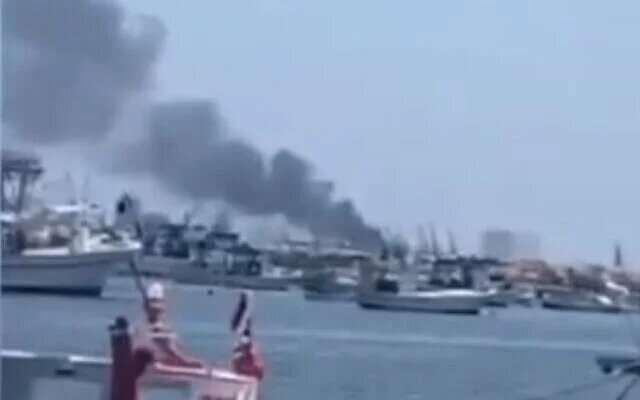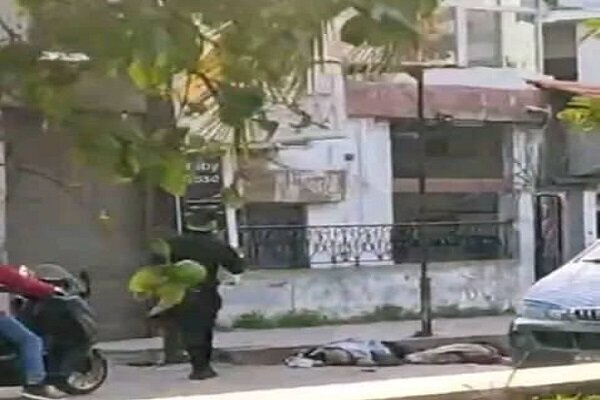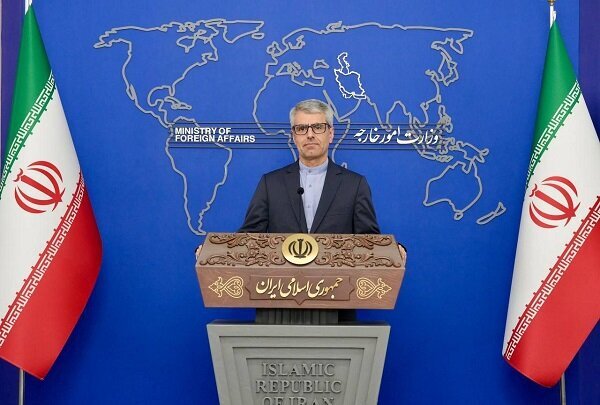Israel Exploits Druze Community to Undermine Syrian Sovereignty: A Closer Look
In a significant escalation of military operations, the Israeli occupation regime has initiated its most extensive bombardment of Syria in 2023. This series of airstrikes, which numbered around 20, targeted multiple strategic locations including Damascus, Hama, Idlib, Latakia, and Daraa, marking a notable increase in hostilities in the region.
Local sources have reported that the airstrikes focused on critical military infrastructure, including warehouses and military centers. Among the most significant sites targeted were:
- A Syrian battalion headquarters
- The area surrounding the former Tishreen Military Hospital north of Damascus
- Military camps and storage facilities in mountainous regions
These attacks have not only resulted in military damage but have also had tragic consequences for civilians. Reports indicate that at least one civilian has died, with several others sustaining injuries during the bombardments.
Israeli media outlets have highlighted that some of the targets struck in Damascus had not been previously targeted, indicating a shift in military strategy. In Hama province, an air defense warehouse belonging to the former Syrian army was hit, leading to injuries for four individuals, as reported by Syria’s official news agency, SANA.
Further airstrikes were noted in Idlib province in the northwest and the Latakia countryside, where two additional injuries were reported, according to local Syrian media sources. In southern Syria, Israeli jets specifically targeted an area near a town in northern Daraa, striking camps previously associated with the former 175th Regiment of the Syrian Army.
The Syrian Observatory for Human Rights described these airstrikes as “the most intense wave of airstrikes and bombings since the beginning of the year,” underscoring the severity of the situation.
In a related development, Israeli helicopters were reported to have landed in As Suwayda, southern Syria, reportedly unloading a shipment of military aid, as per regional news outlets. This move raises questions about the ongoing military assistance being provided in the region.
On Friday morning, the Israeli occupation army confirmed that it had targeted an area near the presidential palace in Damascus, where Ahmad al-Sharaa, the self-appointed President of Syria’s transitional government, is known to reside. This strike aligns with Israel’s broader strategy of undermining the Syrian regime’s authority.
In the aftermath of these airstrikes, Israeli Prime Minister Benjamin Netanyahu and military minister Yisrael Katz issued a joint statement, emphasizing their intent to prevent the deployment of Syrian forces south of Damascus. Netanyahu stated, “This is a clear message to the Syrian regime. We will not allow the deployment of Syrian forces south of Damascus or any threat to the Druze community in any form.”
Katz further warned that “Israel will respond forcefully if the Syrian government fails to protect the Druze minority.” This statement indicates a clear concern for the Druze community, which has been highlighted as a justification for Israeli military action, but some experts argue that this may be a pretext for undermining Syrian sovereignty.
Analysts have noted that by restricting Syrian military movements south of Damascus, the Israeli regime is showcasing the vulnerabilities of the new government and its military capabilities. This strategic maneuvering is likely to exacerbate tensions in the region.
In response to the Israeli airstrikes, armed groups affiliated with the Syrian government have launched counter-attacks in several areas south of Damascus. These confrontations have led to clashes with local fighters, resulting in casualties on both sides, further intensifying the conflict.
As a result of these developments, tensions have surged, raising concerns about the potential for escalating sectarian violence, particularly in areas with significant Druze populations.
The situation in Syria remains fluid, with the ongoing conflict highlighting the complex interplay of military, political, and sectarian factors that continue to shape the region. As Israel maintains its aggressive posture, the implications for both Syrian sovereignty and regional stability are increasingly uncertain.
